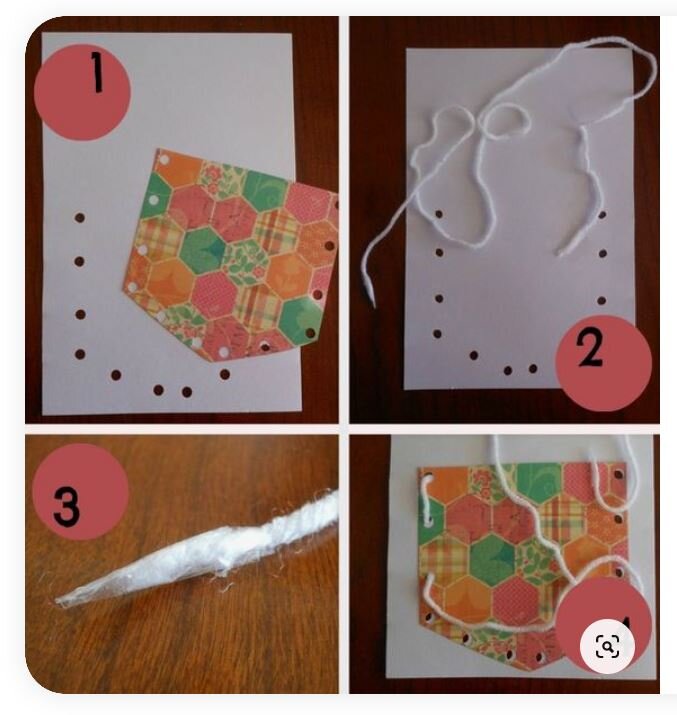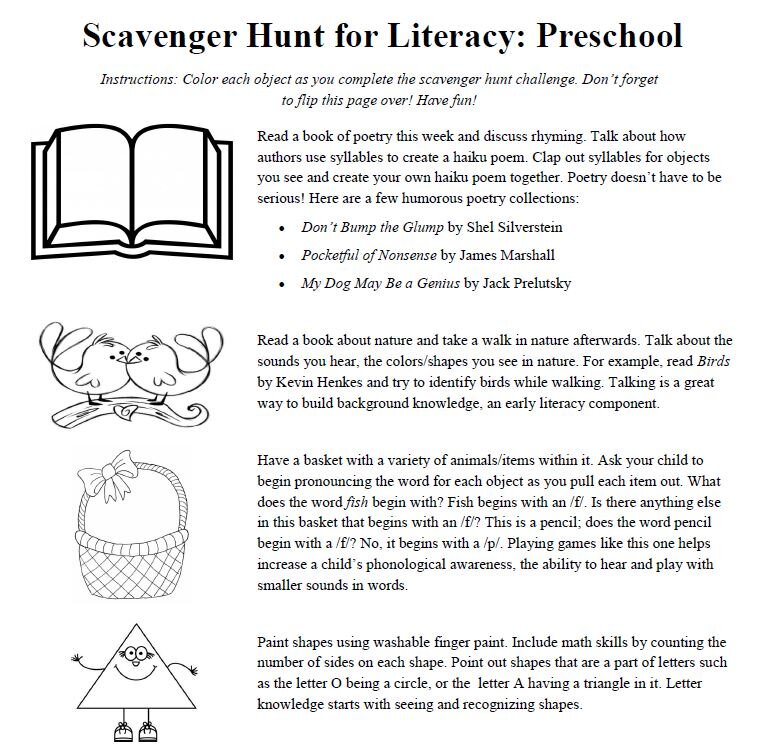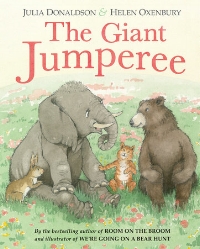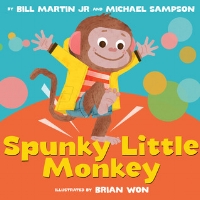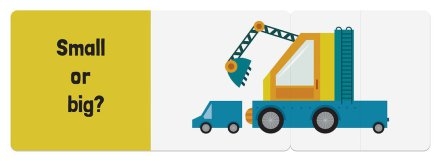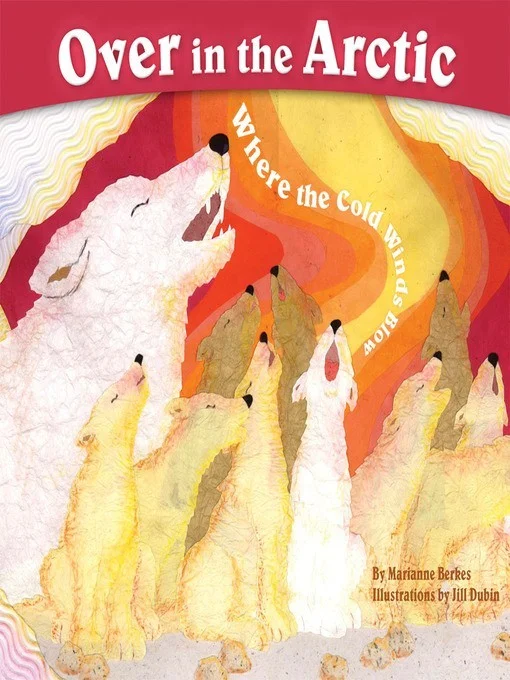I'd like you to help me with reading this book. The monkey is getting some exercise and does somemovements to sounds. So, when it says the rhythm of the head, the sound is ding-dong and we move our head from side to side. Let me see you do that. Great! When it says rhythm of the hands, then we clap twice, clap clap. Try that. Great! For the feet, it says stomp stomp, so stomp your feet twice. Good! And then for the rhythm of the hips, it says shake, shake so wiggle your hips. OK! Let's try it.
[Read the book, having them join in. Repeat the movements in sequence till the children are comfortable with it--the page with ding dong, clap clap, stomp stomp, shake shake] Yay! You got the pattern--ding dong, clap clap, stomp stomp, shake shake!
Early Learning Aside--Example--Math Concepts--Patterns: Adults, in math, a repeated sequence is a pattern. When we did the repeated motions over and again, they could notice the pattern and begin to anticipate what comes next. This fun activity and book helps to build math skills!
Early Learning Aside--Empower: You can notice patterns or make up movement and clapping patterns throughout the day. Lots of fun and builds math skills, too.

